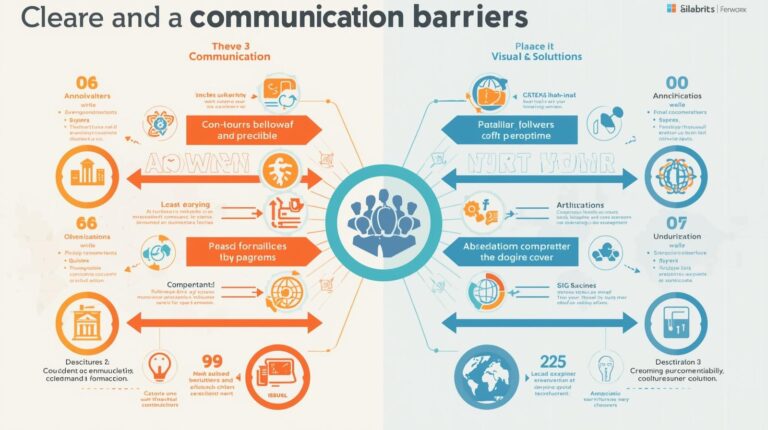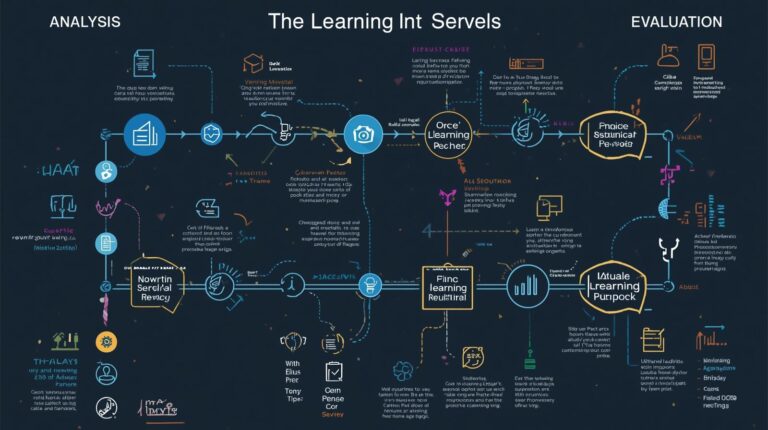Bloom’s Taxonomy for Adult Learners: Unlocking Cognitive Potential in the Workplace

Bloom’s Taxonomy helps adult learners reach their cognitive potential. Apply it in the workplace to improve critical thinking, learning outcomes, and performance.

Bloom’s Taxonomy helps adult learners reach their cognitive potential. Apply it in the workplace to improve critical thinking, learning outcomes, and performance.

Applying learning in the workplace bridges the gap between knowledge and action. Learn strategies to implement skills, improve outcomes, and boost performance.

Naturalization helps learners perform physical skills automatically through practice. Develop mastery, consistency, and efficiency in adult learning contexts.

Observation is crucial for mastering physical skills. By closely watching techniques, learners improve accuracy, performance, and overall competence.

Precision ensures skills are performed with accuracy and control. In adult learning, mastering precision enhances performance, reliability, and competence.

Manipulation in adult learning helps develop control and mastery over physical skills. Apply these techniques to accelerate skill acquisition and performance.

Imitation is a powerful tool for adult learning. Modeling physical skills helps learners understand, practice, and master techniques effectively and efficiently.

Conversations at work can be powerful. Mastering the art of turning small talk into meaningful dialogue strengthens communication and builds trust.

Conversations at work can be powerful. Mastering the art of turning small talk into meaningful dialogue strengthens communication and builds trust.

Listening is a hidden superpower in the workplace. Mastering it fosters trust, strengthens communication, and drives more effective collaboration.